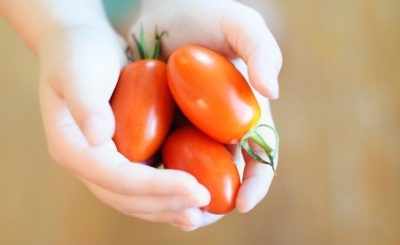Kale is one of those foods which crops up in numerous dishes but can sometimes seem difficult to incorporate at home. Happily, it is also one of those few plants that even the most staunch plant-neglecters can keep alive.

Growing kale
This can be done very simply if you have some form of water sprinkling. Automated reticulation is obviously the easiest to manage, but if you water any plants, kale won’t add much to your efforts.
There are lots of varying suggestions online of when and how to plant kale. In general, kale is best planted in autumn. But we’ve managed to grow it in most conditions. Trays of seedlings from your local garden/diy centre won’t set you back much (6 plants can cost less than a bunch of kale at the shop) and they’ll provide plenty. A simple bucket (with some holes cut in the bottom) is more than enough as a pot, although a plant pot is a bit more aesthetically pleasing.
Kale likes to be kept relatively watered, so if your area is dry or hot, mulch around the base will help to keep moisture in the soil. Regular watering helps, 3 times weekly in the heat of summer is good, rain in the winter will be plenty. It is also a “winter green” for good reason. If growing in the summer, put it somewhere it will have partial sun as full sun will be too much for it.
Harvesting kale
Pick kale leaves from the bottom first, leaving the smaller, growing leaves in the centre and top to grow. When they roughly are as big as your hand, they can be harvested. Rotate the plants you pick so that each is given a chance to grow while you harvest from another. You should be able to come back to a plant around a week after you last picked the lowest leaves and find more leaves ready to pick.
Cooking with kale

There are lots of options for eating kale, including as a side dish, salad, soup, snack, pizza topping, smoothie and many more.
To serve simply as a side, fry some garlic in oil in a hot frying pan, add ripped kale leaves for up to 5 minutes, tossing gently, then mix with a splash each of lemon juice and vinegar. Add some mushrooms of various types before the kale and some feta after removing from the heat and serve with some crusty bread for a delicious lunch made in less than ten minutes.
To enjoy as a snack, try kale chips: bake pieces of leaf (not stalk) at 150 degrees centigrade for 20 minutes. Make sure they are dry of water, then mix them with a small amount of oil (using your fingers to coat the leaves well) before baking, and spread them across a baking sheet to bake. Don’t let the edges burn or the leaves form a wet clump in the middle of the tray. Sprinkle with seasoning of your choice and enjoy.
If you’re making your own pizza, try some torn leaves of kale with some roasted pumpkin, and goats cheese or feta as an alternative topping.
For more inspiration, try Jamie Oliver or the BBC’s good food magazine, both of which have plenty of tips and ideas.



